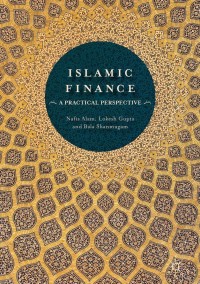


1. Assume that your financial market research shows that an investment in a diversified portfolio of common stock produced an average annual return of 14.25%, 30-year U.S. Treasury bonds produced a return of 10%, and Treasury bills produced an average annual return of 6.75%. Based on this research, what was the average risk premium for common stocks over 30-year Treasury bonds? What was the risk premium for Treasury bonds over Treasury bills? Now suppose the annual rate of inflation for the same time period was 4%. What was the risk premium for common stocks over 30-year Treasury bonds in real (inflation-adjusted) terms? What was the risk premium for 30-year Treasury bonds over Treasury bills in real terms? 2. You are thinking about in a common stock with the following possible outcomes: Probability of Occurrence (Pi) Investment Returns (ri) States State 1: Economic boom State 2: Average Growth State 3: Economic decline 0.25 0.5 0.25 -10% 18% 32% Calculate the expected rate of return (in %) and the standard deviation of returns (6) for this investment. 3. Suppose you earned a 10% total return on a stock for which you paid a price of $52 exactly one year ago today (so P2019 = $52). In addition, of your 10% total return suppose you experienced a 4% dividend yield. If you decide to sell this stock today, what must be the current stock price in 2020? That is, what is P2020? 4. What is the expected return on a three-stock portfolio if the returns were: 14% on Stock A; 22% on Stock B; and 4% on Stock C? Assume you invested equally in Stock A, B, and C so that the weight of each stock in your portfolio is 1/3 (or 0.3333 in decimal form). 5. What will the following investments accumulate to (i.e., find the future value (FV) of each)? a. $200,000 invested for 4 years at 11 percent compounded annually. b. $5,000 invested for 15 years at 8 percent compounded quarterly. 6. What is the present value (PV) of each of the following investments? a. $500,000 due (to be received) in 20 years discounted at a 10 percent annual rate. b. $100,000 due (to be received) in 9 years at a 16 percent annual rate, with semi-annual discounting 7. How much interest (in dollars) is earned in just the third year on a $1,000 deposit that earns 7% interest compounded annually? Note that you are finding the interest only in Year 3 and not the FV of this deposit at the end of Year 3. 8. What will be the approximate population of the United States, if its current population of 300 million grows at a rate of 2% annually for 25 years? Note that you are solving for the U.S. population in 2045









